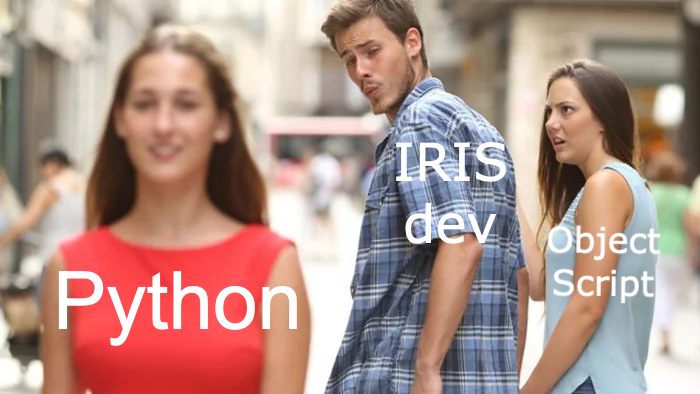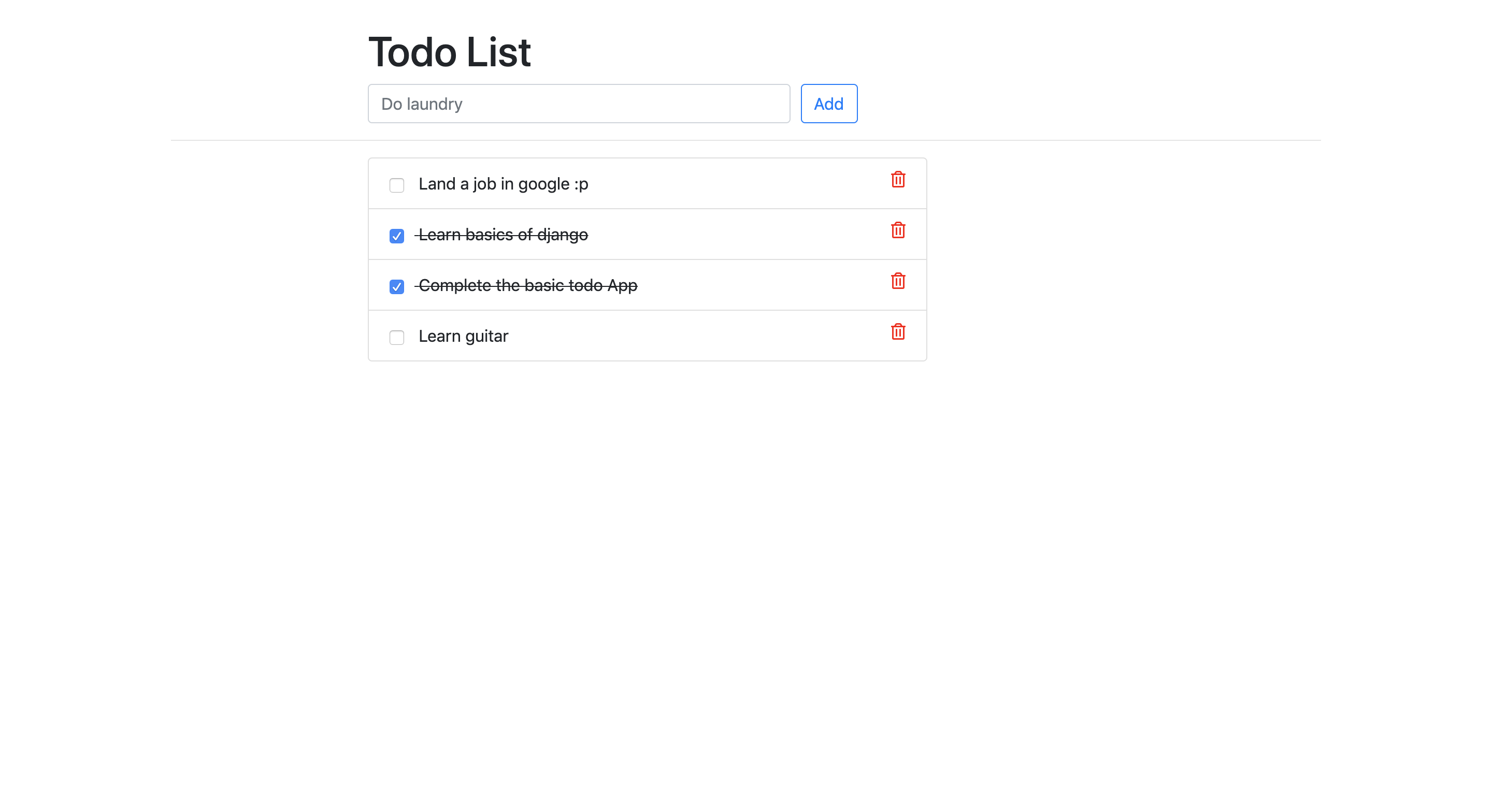InterSystems Native SDK for Python is a lightweight interface to InterSystems IRIS APIs that were once available only through ObjectScript.
I'm especially interested in the ability to call ObjectScript methods, class methods, to be precise. It works, and it works great, but by default, calls only support scalar arguments: strings, booleans, integers, and floats.
But if you want to:
- Pass or return structures, such as dicts or lists
- Pass or return streams
You'll need to write some glue code or take this project (installs with pip install edpy). edpy package gives you one simple signature:
call(iris, class_name, method_name, args)
which allows you to call any ObjectScript method and get results back.





.png)


